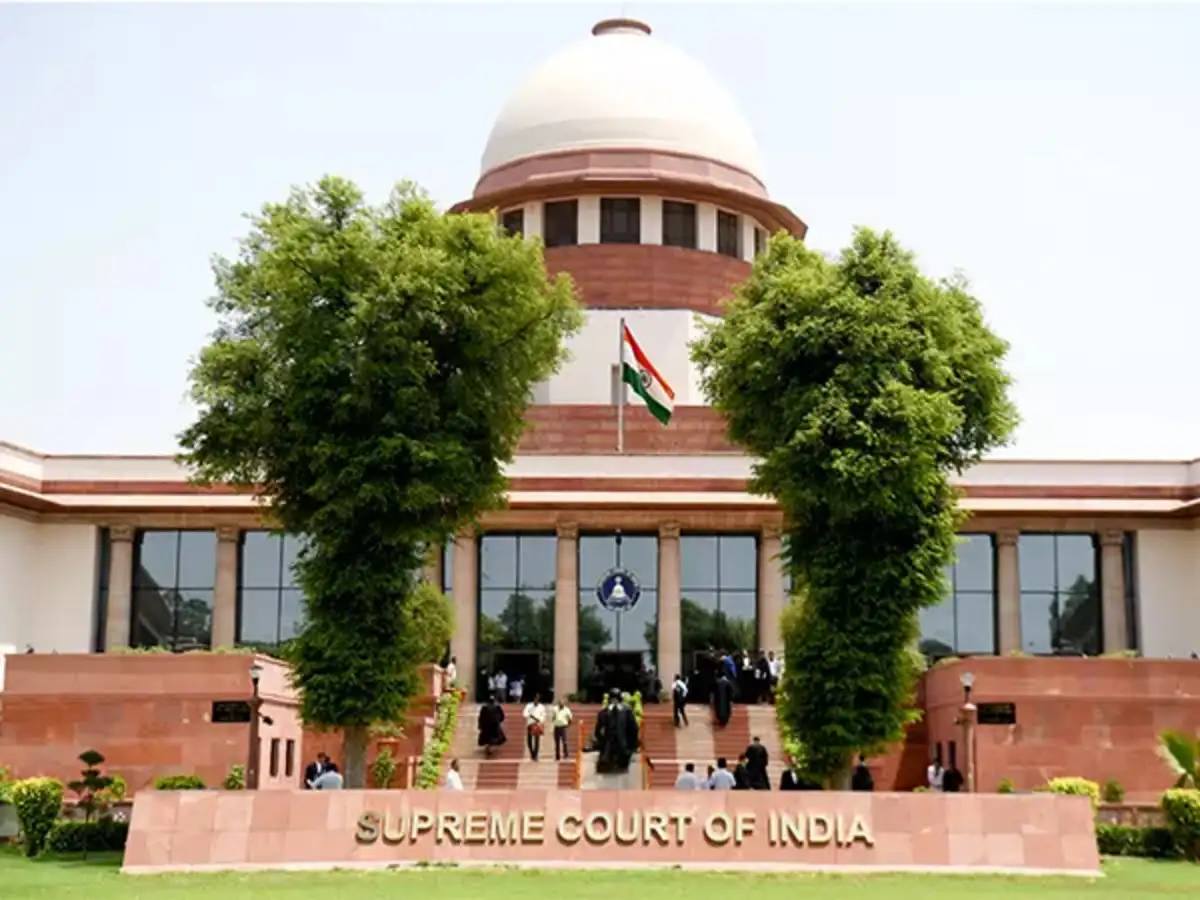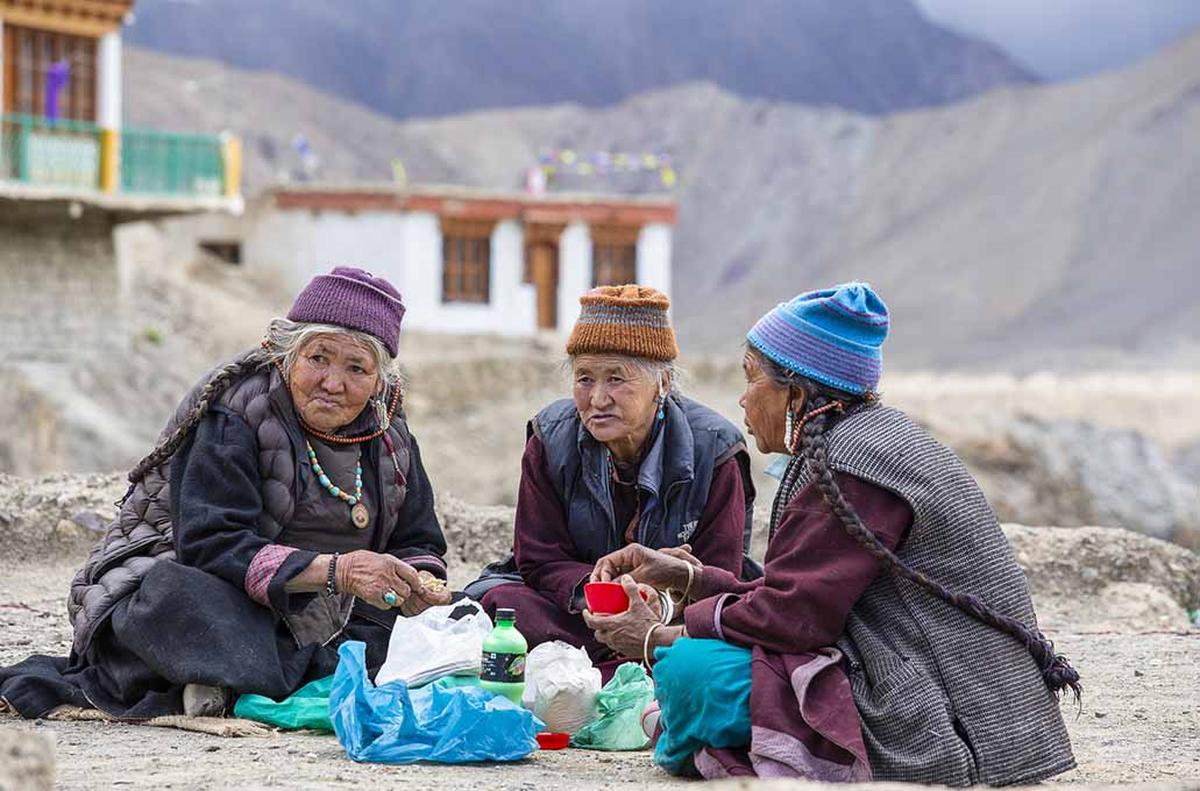- Courses
- GS Full Course 1 Year
- GS Full Course 2 Year
- GS Full Course 3 Year
- GS Full Course Till Selection
- MEP (Mains Enrichment Programme) Data, Facts
- Essay Target – 150+ Marks
- Online Program
- GS Recorded Course
- NCERT (Recorded 500+ Hours)
- Polity Recorded Course
- Geography Recorded Course
- Economy Recorded Course
- AMAC Recorded Course
- Modern India, Post Independence & World History
- Environment Recoded Course
- Governance Recoded Course
- Science & Tech. Recoded Course
- International Relations and Internal Security Recorded Course
- Disaster Management Module Course
- Ethics Recoded Course
- Current Affairs Recoded Course
- CSAT
- 5 LAYERED ARJUNA Mentorship
- Public Administration Optional
- ABOUT US
- OUR TOPPERS
- TEST SERIES
- FREE STUDY MATERIAL
- VIDEOS
- CONTACT US
Health Ministry announces new treatment regimen for Leprosy
Health Ministry announces new treatment regimen for Leprosy
The Indian Central government has granted approval for a new treatment regimen designed to accelerate the elimination of leprosy in the country. This decision, rooted in the latest global scientific research and supported by the World Health Organization (WHO), aims to shift from a two-drug regimen to a three-drug regimen for Pauci-Bacillary (PB) leprosy cases.
About Leprosy
Cause: Leprosy, also known as Hansen's disease, is a chronic infectious condition caused by the bacteria Mycobacterium leprae.
Affects: It primarily impacts the skin, peripheral nerves, mucosa of the upper respiratory tract, and eyes.
Transmission Mode: Transmission occurs through droplets from the nose and mouth during close contact with untreated cases.
Treatment: Leprosy is curable with multidrug therapy, consisting of three drugs: dapsone, rifampicin, and clofazimine, as recommended by the World Health Organization (WHO).
Classification: For treatment purposes, leprosy is classified into two types:
- Pauci-Bacillary (PB): Fewer visible bacteria, and no signs of advanced disease in biopsies.
- Multibacillary (MB): Visible bacteria, and may show signs of more advanced disease in biopsies.
New Treatment Regimen:
- Objective: The primary objective is to cease the transmission of leprosy at the sub-national level by 2027, aligning with the UN’s Sustainable Development Goals, accomplishing this three years ahead of schedule.
- Transition from Two to Three Drugs: The Ministry of Health and Family Welfare has sanctioned a shift from the current two-drug regimen lasting six months to a three-drug regimen specifically designed for Pauci-Bacillary (PB) cases.
- Scientific Basis: This decision is underpinned by the latest globally accepted scientific research studies and evidence-based practices, ensuring a well-informed and effective approach.
- WHO Endorsement: The World Health Organization (WHO) has pledged to supply the revised drug regimen starting April 1, 2025, indicating international acknowledgment and support for this strategy.
Recent Initiatives:
- National Strategic Plan (NSP) & Roadmap for Leprosy (2023-27): To achieve zero transmission of leprosy by 2027.
- National Leprosy Eradication Programme: A centrally sponsored scheme operating under the National Health Mission
- Nikusth 2.0 Portal: An integrated portal designed for the comprehensive management of leprosy cases.
- SLACs (Sparsh Leprosy Awareness Campaigns): Introduced in 2017 with the aim of promoting awareness about leprosy, SLACs concentrate on tackling challenges linked to the stigma and discrimination surrounding leprosy.
Leprosy Status in India:
- Leprosy Elimination Status: India achieved the status of "Leprosy Eliminated" in 2005. However, despite this achievement, the country accounts for more than half (52%) of the world's new leprosy cases.
- Decline in Annual Case Detection Rate: There has been a notable reduction in the annual case detection rate, decreasing from 8.13 cases per lakh population to 4.56 cases in 2020-21. Subsequently, the rate stabilized at 5.52 cases per lakh in 2021-22.



